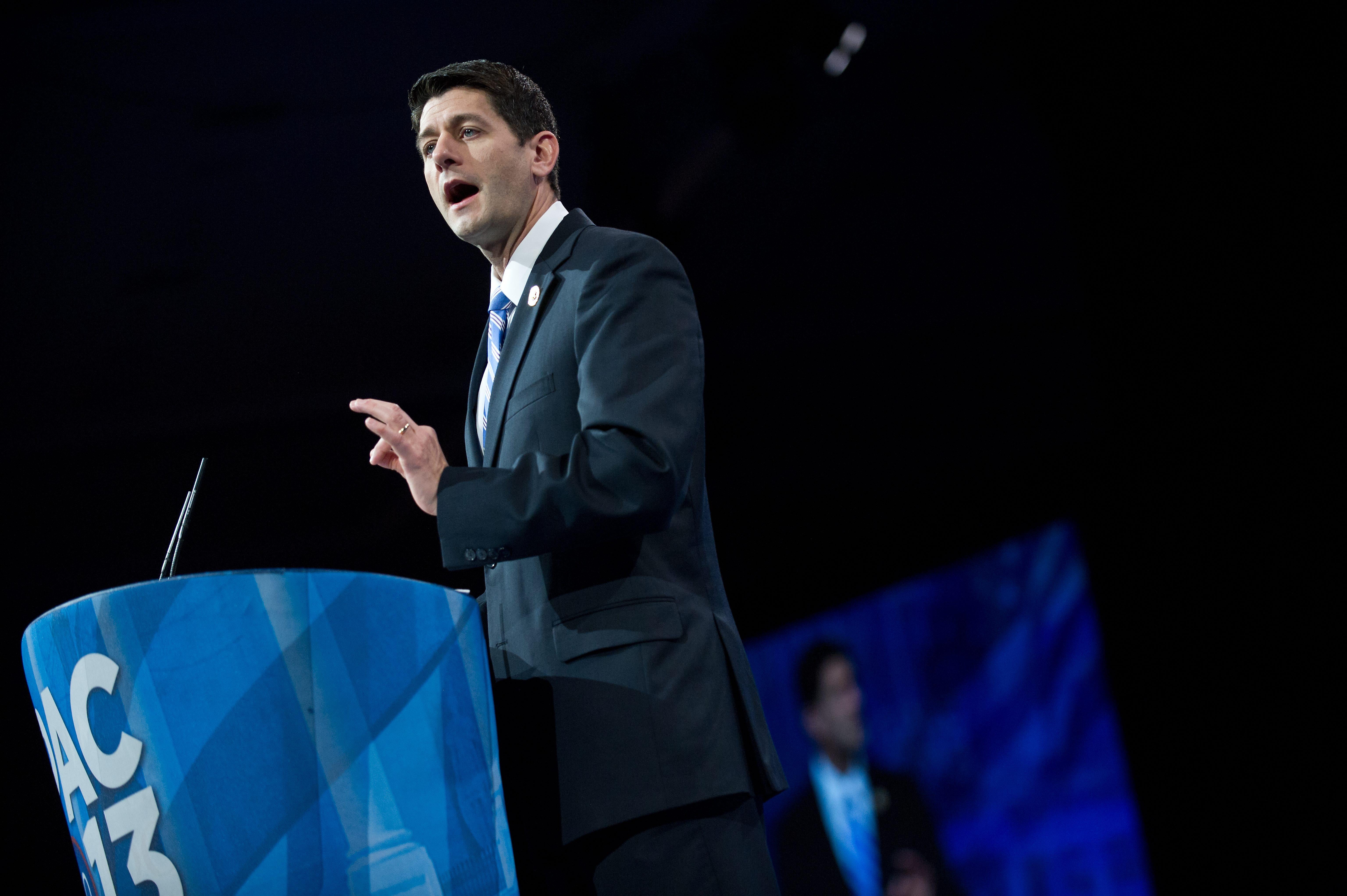The Tax Policy Center is out with its preliminary analysis of the tax side of Paul Ryan’s budget, and they’ve determined that the rate cuts he favors will create a $5.7 trillion hole over the next 10 years to be closed with the elimination of unspecified tax deductions.
How does it look in distributive terms? Ugly:
Of course since rich people start out with higher after-tax incomes than the middle class, that larger percentage increase in after-tax incomes expands to an enormous gap in actual dollars. The poorest 20 percent of American households would receive, on average, a $60 tax cut. The middle 20 percent would get $1,961. The top 1 percent would get $227,420. The results are so skewed that I couldn’t come up with a legible way of presenting them visually, but if you go up to the top 0.1 percent they get $1.2 million on average.
Now presumably in the real world, everyone’s after-tax income goes up by less than that because of the loophole closing. That means the super-rich won’t really get a $1.2 million tax cut. But then again, the middle quintile won’t get its $1,961 tax cut either. In fact, I think it would be impossible to structure this without raising taxes on a significant number of middle-class taxpayers.
It’s difficult to say, however, without the details. And that’s what’s pernicious about this half-specific approach to tax policy. It’s fine that Ryan doesn’t want to usurp the role of the Ways & Means Committee, but by naming specific tax rates without naming specific tax deductions he’s created a very confusing situation in which it’s difficult to say what the consequences of this approach would really be.
